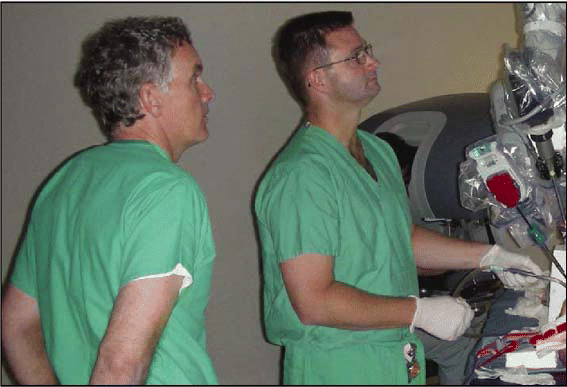Until 1980, the primary technique for assessing patients with dysphagia was the modified barium swallow (MBS). It was then that fiberoptic endoscopic evaluation of swallowing was added to the diagnostic armamentarium.


Until 1980, the primary technique for assessing patients with dysphagia was the modified barium swallow (MBS). It was then that fiberoptic endoscopic evaluation of swallowing was added to the diagnostic armamentarium.

Presenters at several scientific sessions at the Combined Otolaryngology Spring Meeting (COSM) reported on their recent studies involving the use of botulinum toxin type A (Botox® [BTX]; Allergan, Inc., Irvine, CA) injections to treat adductor spasmodic dysphonia (ADSD) and chronic salivary aspiration.

Although steroids are effective for many patients with autoimmune inner ear disease (AIED), there are still challenges in diagnosing the condition, mysteries behind what happens to the inner ear, and controversy over whether intratympanic injections help.

Sleep-disordered breathing (SDB) is a major problem in children because it is associated with behavioral, cognitive, and emotional morbidity.

Compounding sterile medications for parenteral use, such as allergy drugs, in a private physician’s office is potentially subject to almost as much scrutiny and regulation as are visited upon commercial preparers of such medicines.

Two abstracts presented at the 2007 Combined Otolaryngology Spring Meeting (COSM) reflect where the news lies with the subject of tracheotomy: raising the index for suspicion for tracheal stenosis following percutaneous tracheotomy and better educating non-otolaryngologists who manage tracheotomy patients.

Dysphagia is the dominant cause of morbidity and mortality in patients treated by otolaryngologists, and in fact, more people die from aspiration pneumonia following stroke than from all head and neck cancers combined.


Does the time between aspiration and retrieval of an airway foreign body affected the pediatric patient’s outcome?

There are few data to support primary surgical reduction of the inferior turbinates in the pediatric patient.